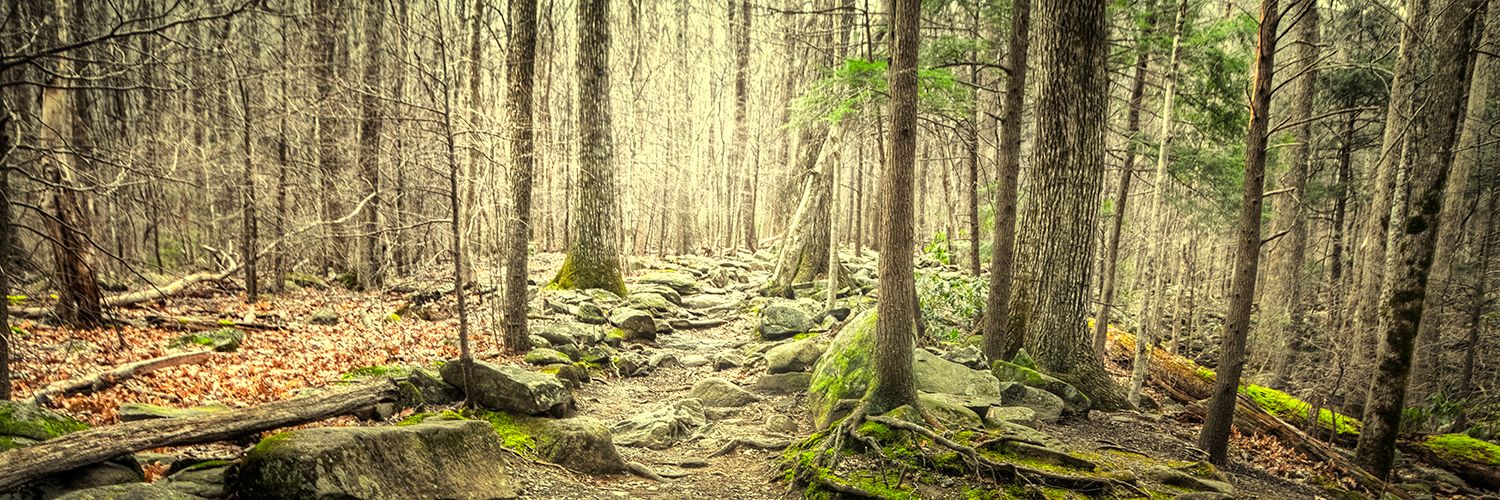Sagebrush Galls
If you have walked around in the grasslands, you may have noticed strange growths on the sagebrush. These growths, called galls, form when some organism – usually an insect – develops within the plant’s tissues.
Generally, an adult female insect lays eggs in the plant. As these eggs develop into larvae, the plant responds by overdeveloping the tissue surrounding the larvae. What causes the plant to respond in this way is a *mystery of science*, but the result is a delicious, contained home in which the larvae can feed and develop.
The black, spiky-hairy galls in the photos at left and centre developed in fall. These galls overwintered – with larval insects inside – and will soon begin to sprout new green tissue, as you can see beginning on the gall pictured at right.
But even though the developing larvae seem to occupy prime, safe real estate, they may not survive to adulthood. A lot of the sagebrush galls we see when walking down the trail will eventually be attacked by some other insect momma – often a parasitoid wasp – who will lay her eggs into the gall chamber – or even the actual body – of the developing larvae!
Some think that thick gall tissue helps keep the larvae inside from being parasitized, because the insects they enclose are hard to reach. Others think that galls, being so visually obvious, act like a flag, advertising the delicious prey trapped helpless inside. And others still have suggested plants under attack from gall-inducers will release chemicals into the air to attract the parasitoid wasps that can make a meal of of the gall-inducers.

Who knew sagebrush was so complicated?
PS – If you think you know the IDs of some of these gall inducers, or their parasites, please comment! I’m not confident enough to state my guesses here. Alternatively, I would love to find a reliable resource for IDing these galls, if you know of any.
PPS – If you want to look into sagebrush galls yourself, consider starting with the gall midge family, Cecidomyiidae (specifically Rhopalomyia).
PPPS – If you want to look into insects that parasitize other insects, consider starting with parasitoid wasps!
All photos by the author, 2016-2018, around Barnhartvale, Kamloops.

Another great article Vanessa. Keep them, comomg.
Kris in WL
Thanks, Kris. Really glad you are enjoying them!!
Good article Vanessa. It would be fascinating to know if there are various species that create these galls and if so, what they are. A project ? Rick Howie
Agreed, Rick! I’ve looked into some randomly, I’ve seen lots of small white larvae and some empty ones. The creepiest situation, by far, was the time I opened a gall under the microscope and several tiny, clear spider exoskeletons exploded out of the gall toward my eyepiece. I like spiders but I think I was a little too creeped out to open any more galls that night. I would love to get a better handle on who’s in there, a project for sure. Not sure when though, but maybe this summer I can do something! Let me know if you figure any of these galls out further!
We should do a small project on this this summer?